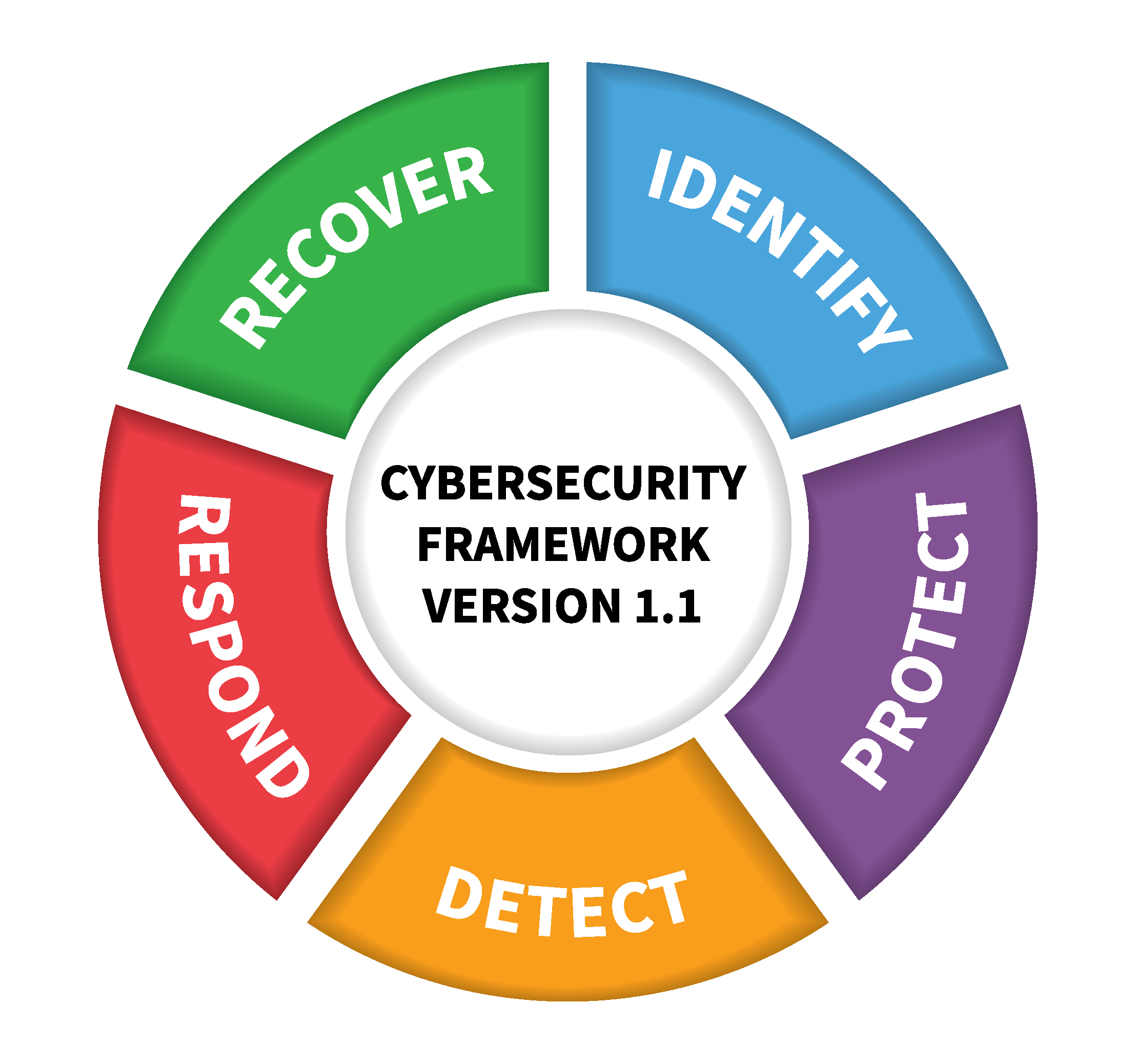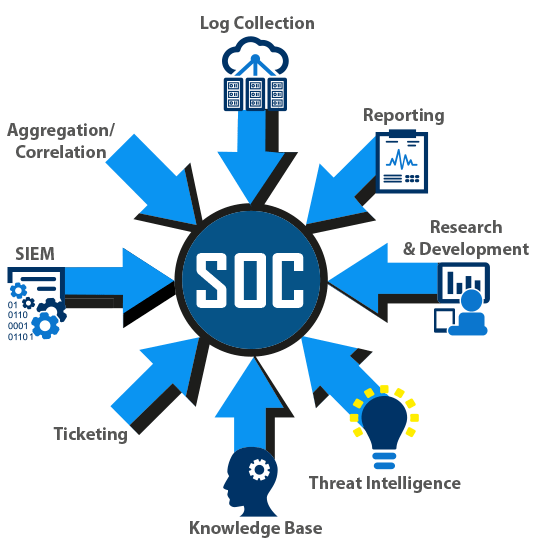Standard Implementation & Certification
What Standards or Regulations
do we support?

ISO 27001:2013

PCI DSS

HIPAA

NIST

GDPR

Australian Cyber Security Centre (ACSC)
Information Security Manual (ISM)
Protective Security Policy Framework (PSPF)
RBI Framework

SOC
OR ANY OTHER COUNTRY SPECIFIC REGULATION OR STANDARD WILL BE ASSISTED.

Why CyberSapiens?
Dedicated expertise to ensure you have the answers, guided documentation, and extended team members you need when you need them.
We host regular status/coordination/working meetings between your project team and our experts dedicated to your project.
Leveraging our expertise, proven processes and artefacts simplifies the process of achieving certification.
We ensure your success by validating all artifacts to guarantee they fully conform to the standard.
We help to build the standard committee and metrics meetings to ensure the effectiveness of the controls.
We conduct your Internal Audit (including Corrective Action Plans & Management Reviews).
We provide on-site support to ensure your certification audit goes off without a hitch.
We have a 100% success rate in bringing clients to the respective certification.
We provide ongoing support to operate the ISMS, manage information risk, continually improve your security posture, execute your Internal Audit Program, and successfully maintain your certification.
How Does It Work?
For any Standard or Regulations, we have a defined process to ensure that we achieve the desired output. For every standard and regulation, the process remains the same.
Step 1: Define Scope
Understand the requirement and define the scope accordingly.
Step 2: Current State Analysis
Analyze what controls are implemented currently.
Step 3: Control Mapping
Map the existing controls to the applicable standard/regulation.
Step 4: Gap Assessment
Identify controls/Gaps that would be required as per applicability.
Step 5: Risk Analysis
Assess and Define Risks as per the applicable factors.
Step 6: Control Implementation
Ensure the controls are implemented accordingly.
Step 7: Internal Audit
Perform Internal Audit to prepare for the final Certification.
Step 8: External Audit
Participate in external audits and assist accordingly.
Step 9: Closure
Close the project once the certification is published.

Get In Touch
By filling this form ↓
FAQ's
It is the process of implementing and adhering to industry standards and best practices for cybersecurity is standard implementation. This process is part of identifying the relevant standards and guidelines, assessing the organization's current cybersecurity practices, and making changes to align with the standards and best practices.
The Payment Card Industry Data Security Standard (PCI DSS) is a set of security standards to ensure that all businesses that accept, process, store, or transmit credit card information operate securely.
To ensure the security of customer data, organizations that handle credit card information must adhere to the PCI DSS standards.
The process of verifying that an organization has implemented and is adhering to relevant cybersecurity standards and best practices is called certification.
Third-party organizations can perform independent audits or assessments to obtain certification.
ISO 27001 is a widely accepted international information security management systems (ISMS) standard. Organizations can be audited to ensure they have implemented and adhered to the ISO 27001 standard.
This certification can assist organizations in demonstrating to customers and stakeholders that they take cybersecurity seriously and are committed to safeguarding sensitive data.
The standards and regulations that we follow are:
- ISO 27001:2013
- PCI DSS
- HIPAA
- NIST
- GDPR
- Australian Cyber Security Centre (ACSC)
- Information Security Manual (ISM)
- Protective Security Policy Framework (PSPF)
- RBI Framework
- SOC Type I & II
Here’s why you must choose us:
- Reach compliance at your own pace
- Establish a roadmap & stay on target
- Save time and money
- Ensure you meet the control requirements
- Ensure all controls are operationalized and not just implemented
- Ensure you are ready for your certification audit
- Ensure you pass your certification audit
- Ensure you maintain your certification year after year
Our standard implementation and certification include the following steps:
- Step 1: Define Scope
Understand the requirement and define the scope accordingly.
- Step 2: Current State Analysis
Analyze what controls are implemented currently.
- Step 3: Control Mapping
Map the existing controls to the applicable standard/regulation.
- Step 4: Gap Assessment
Identify controls/gaps required per applicability.
- Step 5: Risk Analysis
Assess and Define Risks per applicable factors.
- Step 6: Control Implementation
Ensure the controls are implemented accordingly.
- Step 7: Internal Audit
Perform an Internal Audit to prepare for the final Certification.
- Step 8: External Audit
Participate in external audits and assist accordingly.
- Step 9: Closure
Close the project once the certification is published.
Follow the below 3 Steps to implement Cyber Security in your organisation:
- Identify and assess the risks to the sensitive data and systems that must be protected. This can aid in determining the security measures that must be implemented to protect them.
- Using the risk assessment, create a comprehensive cybersecurity plan outlining the security measures that must be implemented to protect sensitive data and systems. The plan should include policies, procedures, and technical controls to manage and mitigate risks.
- Employees should be educated on cybersecurity best practices, such as identifying and reporting security incidents, creating strong passwords, and avoiding phishing and other social engineering attacks.
Storage networking uses networked storage devices and systems to store, manage, and access data. Several security implementations can be implemented to ensure the security of sensitive data stored in storage networks.
Some of the most important security implementations in storage networking are:
- Encryption can secure data at rest and in transit within storage networks. This entails using encryption algorithms to scramble data so only authorized users with the appropriate decryption keys can read it.
- Access controls can be implemented to restrict access to sensitive data within storage networks. This includes role-based access controls, which restrict data access based on a user's role or job function.
- Authentication and authorization mechanisms can be used to ensure that only authorized users have access to sensitive data in storage networks. This can include the use of usernames and passwords, as well as biometric authentication and other authentication methods.
The major 5 implementation stages are:
- Initiation
- Planning
- Execution
- Monitoring and Control
- Closure
The process of putting policies, procedures, and technologies in place to protect computer systems, networks, and data from unauthorized access, theft, or damage is referred to as cybersecurity implementation.
The goal of implementation is to ensure that the security measures are effective at mitigating the risks and threats in the digital environment.
This includes identifying vulnerabilities and implementing countermeasures, such as installing firewalls, implementing access controls, and encrypting sensitive data.
Connect with us for the following security consultations:
- Standard Implementation and Certification
- Security Audits
- Governance Risk and Compliance
- VAPT
- Red Team Assessment
- Employee Awareness and Training
- Phishing Simulations
- Third Party Risk Management
- Data Privacy
The ISO 27001 standard is widely used in implementing information security management systems (ISMS). It provides a framework for managing and safeguarding sensitive data such as personal information, financial information, intellectual property, and other sensitive data.
Cybersecurity standards are guidelines, frameworks, and best practices organizations can use to manage and reduce cybersecurity risks.
These standards establish a uniform set of requirements for safeguarding sensitive information such as personal information, intellectual property, financial information, etc.







